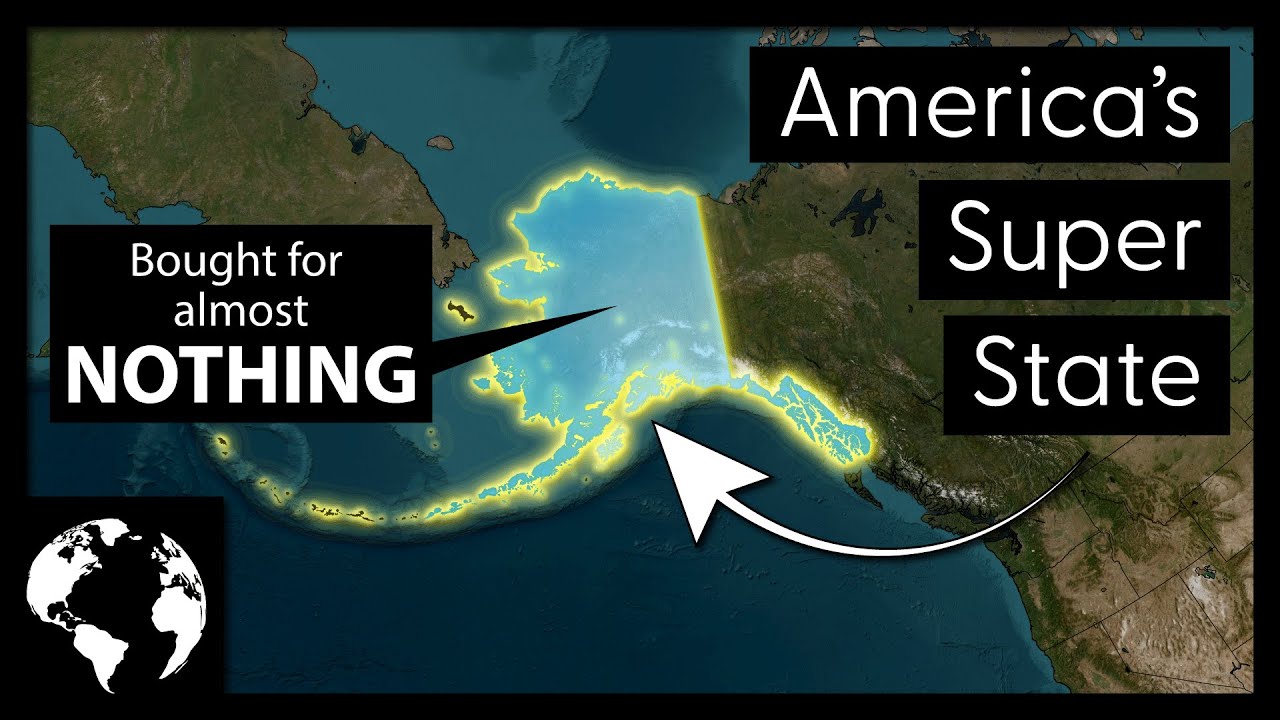Introduction: Comparing the Populations of Rhode Island and Alaska
When it comes to comparing the populations of different states, it is always interesting to analyze the differences in size and demographics. In this article, we will specifically focus on the populations of Rhode Island and Alaska. Rhode Island, the smallest state in the United States by land area, often surprises people with its unique characteristics. On the other hand, Alaska, the largest state in terms of land area, harbors an intriguing population dynamic. By examining various factors such as population size, density, growth rates, and demographics, we will explore whether the population of Rhode Island is larger than that of Alaska.
Understanding the Population of Rhode Island
Rhode Island, located in the New England region of the United States, has a population that warrants attention despite its small size. As of the latest estimates from the U.S. Census Bureau, Rhode Island had a population of approximately 1.1 million people. Its population density is one of the highest in the country, with around 1,026 people per square mile.
Examining the Population of Alaska
Alaska, the largest state in the United States, is known for its vast wilderness and natural beauty. However, its population is significantly smaller compared to its vast land area. According to the U.S. Census Bureau, Alaska had a population of around 731,000 people. This makes it the least densely populated state in the country, with only about 1.3 people per square mile.
Population Density: Rhode Island vs. Alaska
The stark contrast in population density between Rhode Island and Alaska is evident. While Rhode Island has a higher population density with over 1,000 people per square mile, Alaska’s vast land area contributes to its significantly lower population density. The sparse population in Alaska can be attributed to its challenging geographical features, including glaciers, mountains, and remote locations.
Factors Influencing Population Growth in Rhode Island
Several factors influence population growth in Rhode Island. The state’s proximity to major metropolitan areas such as Boston and New York City has attracted many residents seeking job opportunities and a relatively lower cost of living. Additionally, the presence of prestigious educational institutions like Brown University, Providence College, and the University of Rhode Island contributes to the influx of young professionals and students.
Factors Influencing Population Growth in Alaska
Alaska’s population growth is influenced by a different set of factors. The state’s remote location, harsh climate, and limited economic opportunities contribute to a lower rate of population growth. However, the state has experienced some growth due to the expansion of industries like tourism, oil and gas, and fishing. Additionally, the Alaskan Native population, with its rich cultural heritage, plays a significant role in the state’s overall population growth.
Comparing the Population Growth Rates of Rhode Island and Alaska
When comparing the population growth rates of Rhode Island and Alaska, Rhode Island has experienced a steadier growth rate over the years due to its favorable economic opportunities and geographic location. In contrast, Alaska’s growth rate has been relatively slower due to its unique challenges and remote location. However, it is essential to note that both states have experienced fluctuations in their growth rates, largely influenced by economic factors and changing demographics.
Exploring the Demographics of Rhode Island
Rhode Island boasts a diverse population, with various ethnicities and cultures represented. The largest ethnic group is White, followed by Hispanic or Latino, African American, and Asian. The state has a high percentage of foreign-born residents, contributing to its rich cultural tapestry. Additionally, Rhode Island has a relatively older population, with a median age of around 40 years.
Exploring the Demographics of Alaska
Alaska’s demographics present a unique picture due to its distinct geographical location and indigenous heritage. The state has a significant native population, comprising several Alaska Native groups. The largest ethnic group in Alaska is White, followed by Alaska Native or American Indian, Asian, and Hispanic or Latino. The state’s median age is relatively younger, with a median age of around 34 years.
Implications of Rhode Island’s Population Size
Rhode Island’s population size has various implications for the state. It allows for a more concentrated allocation of resources, infrastructure, and public services. However, it also presents challenges such as increased competition for jobs and housing. The relatively smaller population enables Rhode Island to maintain a sense of community and close-knit neighborhoods.
Implications of Alaska’s Population Size
Alaska’s population size, being significantly smaller compared to its vast land area, has both advantages and disadvantages. The state’s abundant natural resources, including oil, gas, and fisheries, can be managed more efficiently with a smaller population. However, the sparse population also poses challenges in terms of providing adequate infrastructure, healthcare, and education to its residents, particularly in remote areas.
Conclusion: Which State Has a Larger Population?
In conclusion, despite Rhode Island being the smallest state in terms of land area, it has a larger population compared to Alaska. Rhode Island’s population density is much higher, reflecting its concentration of residents in a small space. Several factors contribute to the population sizes and growth rates of these states, including economic opportunities, geographic location, and cultural dynamics. Understanding the populations of Rhode Island and Alaska provides valuable insights into the unique characteristics and challenges of these states.




